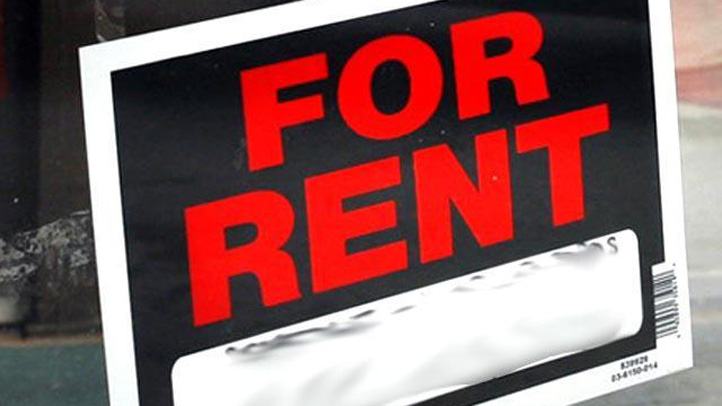Peter Gray Scott stared out the long windows of his living room in the Berkeley Hills, his eyes roving across to the hilltop beyond that was somehow untouched by the marching flames of October 20th, 1991.
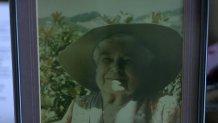
Scott’s home wasn’t so lucky. It was scorched to the ground along with the rest of the neighborhood. His mother, Frances Gray Scott, died in the home, unable to escape the advancing fire because of a knee replacement. Her son discovered her remains among the ashes.
"When you see something like that and realize what this means in terms of going on with your life," Scott said, "you just lose words."
For residents of the Berkeley and Oakland Hills, the firestorm is never far from thought. Even after 25 years, the flames and smoldering ashes still seem to cling to memory. Even after rebuilding. Even after fixing most of the failures that allowed it to happen in the first place. The anger and the sense of loss is never hard to summon.
"That fire could’ve been prevented," Scott said. "And once it started it could’ve been stopped."
Fresh recollections of the fire have sprouted up across the hills as dwellers mark the 25th anniversary of the firestorm — the 25 lives lost, the 3,000 homes that burned.
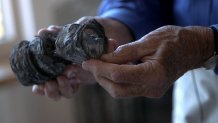
"All of us who were here 25 years ago, we’ll always remember that day," said Jon Kaufman, a Berkeley Hills resident whose home was narrowly spared by the fire. "It feels like yesterday."
Local
The survivors will all recite with ease the failures of that day. Responding fire departments couldn’t radio one another. Mutual aid responders couldn’t fit their hoses to the hydrants. Water ran out after a couple hours. The roads were too narrow for fire trucks to maneuver. It was a boondoggle from spark to ash.
"From that situation we’ve learned what to do to prevent future fires from occurring," said Kaufman, who along with hundreds of residents helped found the Claremont Canyon Conservancy following the fire.
Since the firestorm, Oakland and Berkeley fire departments standardized hydrant fixtures, improved communication systems, and built new fire stations in the hills. Residents cleared brush from around the homes and cleared away much of the non-native vegetation.
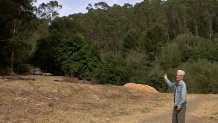
But Kaufman still worries about stands of eucalyptus trees that top the hills and valleys — which he said remain a hazard. FEMA pledged $5.6 million to East Bay agencies to cut down the trees, but withdrew the funds last month after some residents fired a lawsuit.
"They’re a huge fire hazard, they spread fire, there’s all kind of fuel, oily trees," Kaufman warned, "and all we need is more hot weather and an accident and we’ll have another fire just like we did 25 years ago."
The debate over the trees is a sign of the wounds that still ripple across the hills, even a quarter-century after the disaster. Scott is among residents who are opposed to cutting down the trees, saying the firestorm spread from building to building, and not facilitated by the eucalyptus trees.
"There’s this misconception that the trees started the fire and spread the fire," Scott said. "Neither is true."
Scott stepped out into the street in front of his home on Alvarado St., waving his hand to illustrate the vast swath of homes that burned in the fire.
"It looked like a bomb had gone off," Scott said. "Just a moonscape."
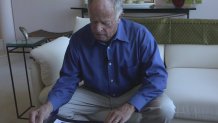
Scott, who works as an architect, was the first to rebuild his home after the fire. The family moved in nine months after the fire. He still worries about water storage facilities in the hills he says would still quickly run out of water in a major fire.
Scott dipped his eyes, let his voice drop. He said his daughter who was there when his mother’s remains were discovered committed suicide several years ago. He later learned that four other people who had been children at the time of the fire in the neighborhood, had since committed suicide. He believes the heavy emotional burden of the firestorm has stayed with people — long after the flames.
"You asked me if you get over this?" Scott said. "It never goes away."

